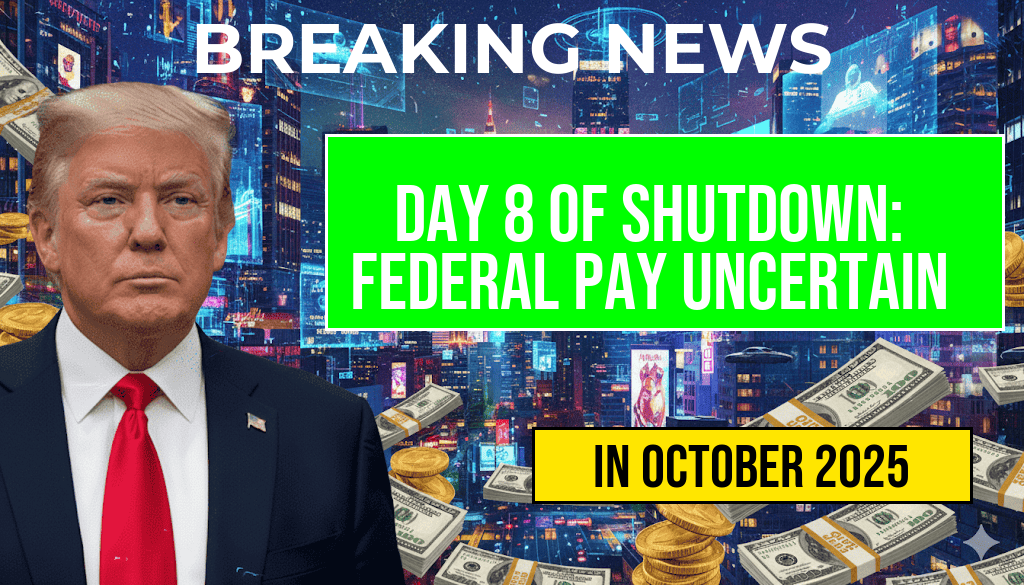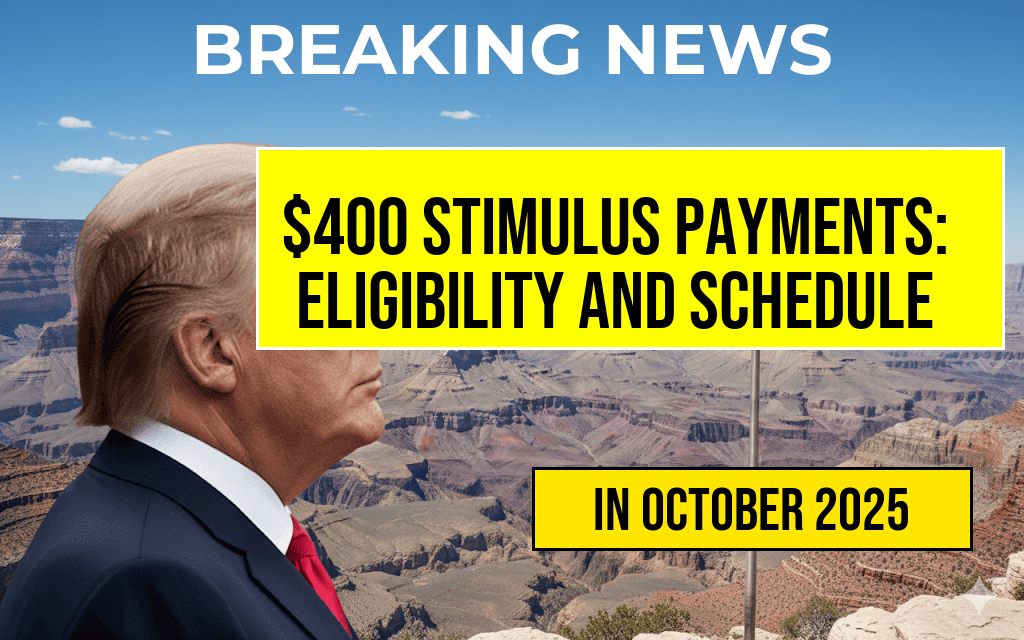In an evolving economy, many individuals are seeking additional sources of income without the complexities of tax implications. Recent updates to IRS regulations have made it easier for side hustlers to operate without the fear of receiving a 1099-K tax form unless their earnings exceed $20,000. This change is significant for freelancers and gig economy workers, allowing them to pursue their passions without the immediate burden of taxation on smaller incomes. Understanding the implications and opportunities of this threshold could be the key to successfully navigating the world of side hustles.
The 1099-K Threshold and Its Implications
The IRS 1099-K form is typically issued to individuals who receive payments through payment card transactions or third-party networks. Previously, many gig workers and freelancers were surprised to receive this form even for relatively small amounts earned through platforms like PayPal or Etsy. With the updated guideline stating that a 1099-K will only be issued to those earning over $20,000 and having more than 200 transactions, many can now engage in side jobs with fewer tax worries.
Understanding the New Guidelines
- Threshold for Issuance: The IRS now mandates that side hustlers need to surpass $20,000 in earnings to receive a 1099-K.
- Transaction Limit: A minimum of 200 transactions is also a prerequisite for the form to be issued.
- Tax Implications: Earnings under this threshold remain taxable but do not require the issuance of a 1099-K, simplifying the reporting process.
Pros and Cons of Side Hustles
Side hustles can offer financial flexibility and a creative outlet, but they come with both advantages and challenges. Understanding these can help potential side hustlers make informed decisions.
| Advantages | Disadvantages |
|---|---|
| Increased income potential | Time-consuming |
| Opportunity to pursue passions | Impact on work-life balance |
| Flexibility in work hours | Potential for inconsistent income |
Popular Side Hustle Options
For those considering a side hustle, various options are available that can align with personal skills and interests:
- Freelancing: Platforms like Upwork offer opportunities in writing, graphic design, and programming.
- Online Tutoring: Websites such as Chegg and Tutor.com connect educators with students.
- E-commerce: Selling products on platforms like Etsy or eBay can be lucrative for artisans and resellers.
- Delivery Services: Companies like DoorDash and UberEats allow flexible working hours while earning money.
Tax Considerations for Side Hustlers
Even though the issuance of a 1099-K is limited, side hustlers must remember that all income is taxable. Here are key tax considerations to keep in mind:
- Self-Employment Tax: If your net earnings from self-employment exceed $400, you must file and pay self-employment tax.
- Deductions: Eligible expenses related to your side hustle, such as supplies or equipment, can be deducted from your taxable income.
- Estimated Taxes: If you anticipate earning more than $1,000 in profit, you may need to make estimated tax payments throughout the year.
Resources for Aspiring Side Hustlers
For those looking to delve deeper into the world of side hustles, the following resources can provide valuable insights and guidance:
- Investopedia – Best Side Hustles
- Forbes – Top Side Hustles for 2023
- Wikipedia – Side Hustle Overview
The updated IRS guidelines regarding the 1099-K form have opened new possibilities for those looking to explore side hustles. With the right approach, individuals can earn supplemental income while maintaining a manageable workload and ensuring compliance with tax regulations.
Frequently Asked Questions
What is a side hustle?
A side hustle refers to a secondary job or business that individuals engage in to earn extra income, often in addition to their primary employment.
Why is the $20,000 threshold important?
The $20,000 threshold is significant because it determines whether the IRS will issue a 1099-K form to report income from your side hustle. If you earn less than this amount, you typically won’t receive this form.
What is a 1099-K form?
A 1099-K form is a tax document used to report payments received through third-party networks, such as payment processors. It’s issued when a business or individual exceeds certain income thresholds.
Can I still owe taxes if I don’t receive a 1099-K?
Yes, even if you do not receive a 1099-K form, you are still required to report all income earned from your side hustle on your tax return, regardless of the amount.
What are some popular side hustles that typically fall under this threshold?
Some popular side hustles that often earn less than $20,000 include freelance writing, pet sitting, tutoring, or selling handmade goods online.












